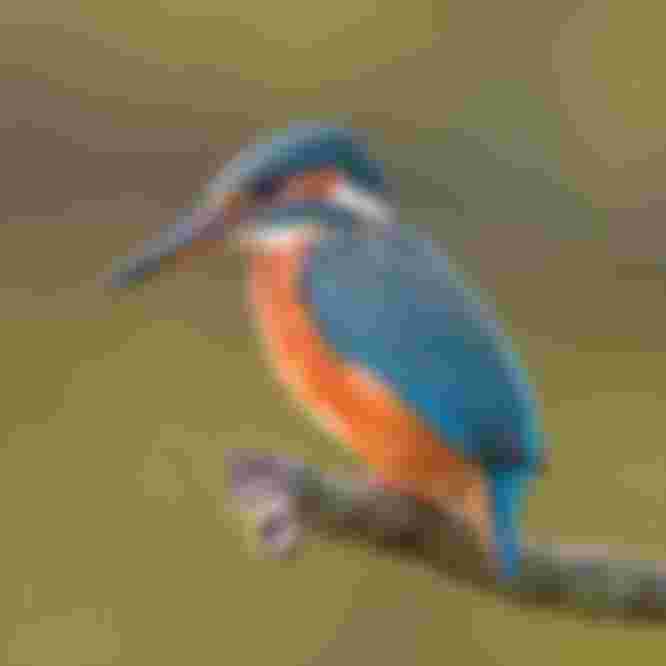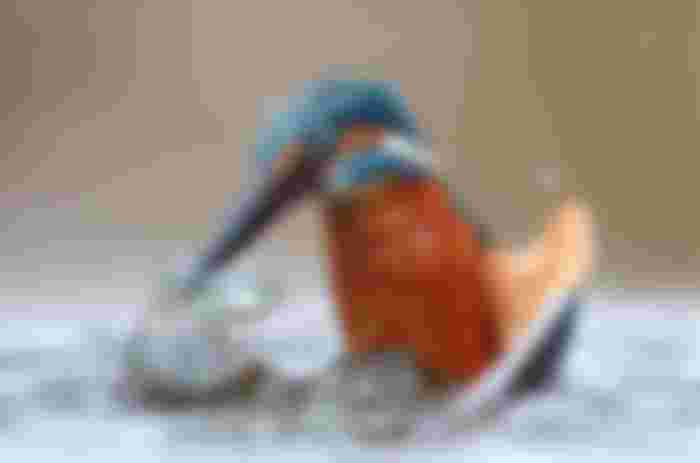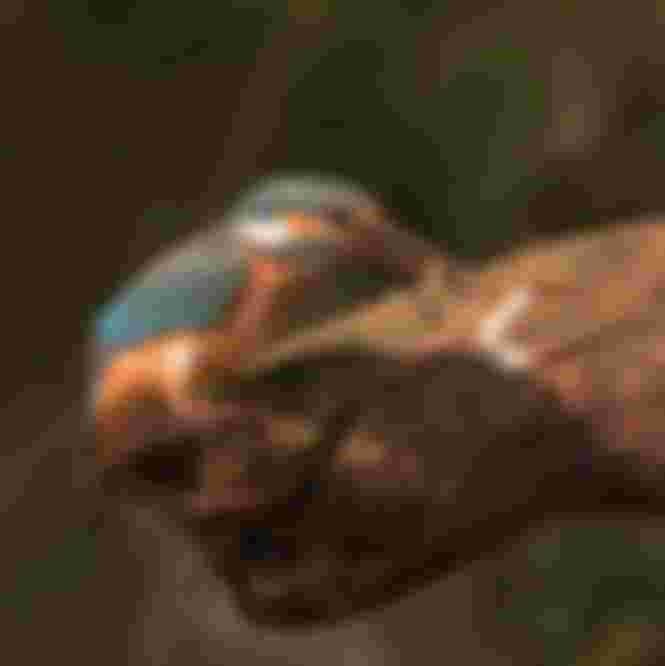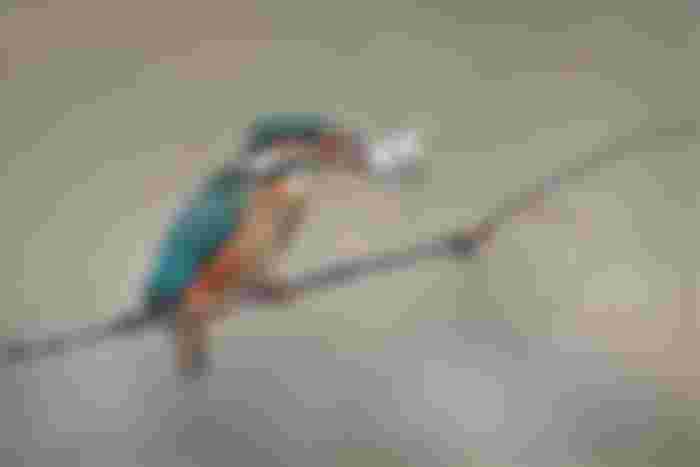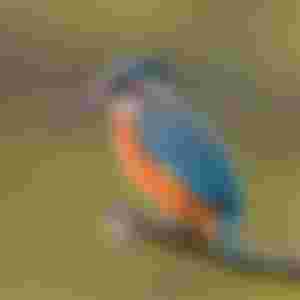

Contents
Contents

Taxonomy, systematics and evolution[edit]
The kingfishers family Alcedinidae is in the order Coraciiformes, which also includes the motmots, bee-eaters, todies, rollers and ground-rollers.[2] The name of the family was introduced (as Alcedia) by the French polymath Constantine Samuel Rafinesque in 1815.[3][4] It is divided into three subfamilies, the tree kingfishers (Halcyoninae), the river kingfishers (Alcedininae) and the water kingfishers (Cerylinae).[2] The name Daceloninae is sometimes used for the tree kingfisher subfamily but it was introduced by Charles Lucien Bonaparte in 1841 while Halcyoninae introduced by Nicholas Aylward Vigors in 1825 is earlier and has priority.[5] A few taxonomists elevate the three subfamilies to family status.[6][7] In spite of the word "kingfisher" in their English vernacular names, many of these birds are not specialist fish-eaters; none of the species in Halcyoninae are.[8]
The centre of kingfisher diversity is the Australasian realm, but the group is not thought to have originated there. Instead, they originated in the Indomalayan region around 27 million years ago and invaded the Australasian realm a number of times.[9] Fossil kingfishers have been described from Lower Eocene rocks in Wyoming and Middle Eocene rocks in Germany, around 30–40 million years ago. More recent fossil kingfishers have been described in the Miocene rocks of Australia (5–25 million years old). Several fossil birds have been erroneously ascribed to the kingfishers, including Halcyornis, from the Lower Eocene rocks in Kent, which has also been considered a gull, but is now thought to have been a member of an extinct family.[10]
Amongst the three subfamilies, the Alcedininae are basal to the other two subfamilies. The few species found in the Americas, all from the subfamily Cerylinae, suggest that the sparse representation in the Western Hemisphere resulted from just two original colonising events. The subfamily is a comparatively recent split from the Halcyoninae, diversifying in the Old World as recently as the Miocene or Pliocene.[1]

Description[edit]
The smallest species of kingfisher is the African dwarf kingfisher (Ispidina lecontei), which averages 10 cm (3.9 in) in length and between 9 and 12 g (0.32 and 0.42 oz) in weight.[11] The largest kingfisher in Africa is the giant kingfisher (Megaceryle maxima), which is 42 to 46 cm (17 to 18 in) in length and 255–426 g (9.0–15.0 oz) in weight.[12] The familiar Australian kingfisher known as the laughing kookaburra (Dacelo novaeguineae) is the heaviest species with females reaching nearly 500 grams (18 oz) in weight.[13]
The plumage of most kingfishers is bright, with green and blue being the most common colours. The brightness of the colours is neither the product of iridescence (except in the American kingfishers) or pigments, but is instead caused by the structure of the feathers, which causes scattering of blue light (the Tyndall effect).[14] In most species, no overt differences between the sexes exist; when differences occur, they are quite small (less than 10%).[10]
The kingfishers have long, dagger-like bills. The bill is usually longer and more compressed in species that hunt fish, and shorter and more broad in species that hunt prey off the ground. The largest and most atypical bill is that of the shovel-billed kookaburra, which is used to dig through the forest floor in search of prey. They generally have short legs, although species that feed on the ground have longer tarsi. Most species have four toes, three of which are forward-pointing.
The irises of most species are dark brown. The kingfishers have excellent vision; they are capable of binocular vision and are thought in particular to have good colour vision. They have restricted movement of their eyes within the eye sockets, instead using head movements to track prey. In addition, they are capable of compensating for the refraction of water and reflection when hunting prey underwater, and are able to judge depth under water accurately. They also have nictitating membranes that cover the eyes to protect them when they hit the water; the pied kingfisher has a bony plate which slides across the eye when it hits the water.[10]
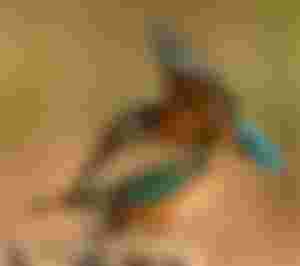
Distribution and habitat[edit]
See also: List of Coraciiformes by population
The kingfishers have a cosmopolitan distribution, occurring throughout the world's tropical and temperate regions. They are absent from the polar regions and some of the world's driest deserts. A number of species have reached islands groups, particularly those in the south and east Pacific Ocean. The Old World tropics and Australasia are the core areas for this group. Europe and North America north of Mexico are very poorly represented, with only one common kingfisher (common kingfisher and belted kingfisher, respectively), and a couple of uncommon or very local species each: (ringed kingfisher and green kingfisher in the southwestern United States, pied kingfisher and white-throated kingfisher in southeastern Europe). The six species occurring in the Americas are four closely related green kingfishers in the genus Chloroceryle and two large crested kingfishers in the genus Megaceryle. Even tropical South America has only five species plus the wintering belted kingfisher. In comparison, the African country of the Gambia has eight resident species in its 120-by-20-mile (193 by 32 km) area.[10]

Individual species may have massive ranges, like the common kingfisher, which ranges from Ireland across Europe, North Africa, and Asia as far as the Solomon Islands in Australasia, or the pied kingfisher, which has a widespread distribution across Africa and Asia. Other species have much smaller ranges, particularly insular species which are endemic to single small islands. The Kofiau paradise kingfisher is restricted to the island of Kofiau off New Guinea.[10]
Kingfishers occupy a wide range of habitats. While they are often associated with rivers and lakes, over half the world's species are found in forests and forested streams. They also occupy a wide range of other habitats. The red-backed kingfisher of Australia lives in the driest deserts, although kingfishers are absent from other dry deserts like the Sahara. Other species live high in mountains, or in open woodland, and a number of species live on tropical coral atolls. Numerous species have adapted to human-modified habitats, particularly those adapted to woodlands, and may be found in cultivated and agricultural areas, as well as parks and gardens in towns and cities.[10]

Behaviour and ecology[edit]

Diet and feeding[edit]
Kingfishers feed on a wide variety of prey. They are most famous for hunting and eating fish, and some species do specialise in catching fish, but other species take crustaceans, frogs and other amphibians, annelid worms, molluscs, insects, spiders, centipedes, reptiles (including snakes), and even birds and mammals. Individual species may specialise in a few items or take a wide variety of prey, and for species with large global distributions, different populations may have different diets. Woodland and forest kingfishers take mainly insects, particularly grasshoppers, whereas the water kingfishers are more specialised in taking fish. The red-backed kingfisher has been observed hammering into the mud nests of fairy martins to feed on their nestlings.[15] Kingfishers usually hunt from an exposed perch; when a prey item is observed, the kingfisher swoops down to snatch it, then returns to the perch. Kingfishers of all three families beat larger prey on a perch to kill the prey and to dislodge or break protective spines and bones. Having beaten the prey, it is manipulated and then swallowed.[10] Sometimes, a pellet of bones, scales and other indigestible debris is coughed up.[16] The shovel-billed kookaburra uses its massive, wide bill as a shovel to dig for worms in soft mud.
